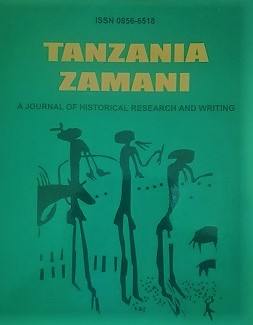Cholera: The Victorian Plague
Keywords:
Cholera, Victorian Britain, Pandemics, Bazalgette, Dr. SnowAbstract
The Victorian Britain was swept by five cholera epidemics which led to evolution of sanitary culture that was punctuated by sanitary reforms and engineering. The epidemic made social, political and spatial relations to change. It also led to the emergence of a concept ' sanitary city ' in the urban planning, a concept that circulated to other parts of the world. Victorian ideas were on the move. Many works on cholera epidemics and sanitary cities discuss mainly about the contributions of few actors, particularly Sir Edwin Chadwick, the main sanitation infrastructures and about a select of cholera epidemics that the swept across towns and cities during the Victorian era. On the contrary, the monograph by a historian Amanda J. Thomas sets out a novel departure by examining all five epidemics and explaining how knowledge and experience of each epidemic drew many actors as well as a series of interventions. It weaves together the social and epidemiological histories of cholera; biographical contributions of key Victorian figures particularly Sir Joseph Bazalgette, Dr. John Snow and William Farr; social history of urban poverty; and the critical accounts that portray reactions of people in the times of epidemics.


